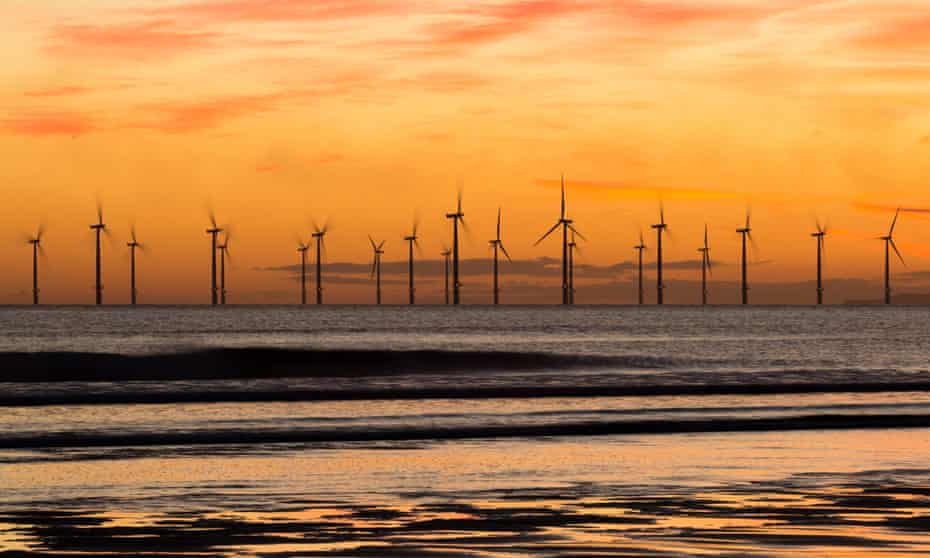England’s wind energy potential remains untapped
Despite overwhelming support for onshore windfarms, planning rules mean it is possible for only one person to prevent development

The UK, being a windy island, has vast potential to produce more electricity from onshore windfarms. With urgent action required on the climate crises, the latest renewable prospectus is that substantial investment by 2030 in cheap onshore wind would cut household bills by GBP25 a year, create 27,000 jobs and level up deprived areas.
Polls show more than 70% of people, especially Conservatives, are in favour. The government’s December 2020 energy white paper seems to agree, saying onshore wind is one of the “key building blocks of the future generation mix”.
But there is a problem. While it is possible to build gas or nuclear power stations however many people object to the coastline or nature being trashed, it is possible in England for one person to prevent a wind development.
The national planning policy framework, updated in July, says proposals for onshore wind cannot go ahead unless objections by the local community have been fully addressed and the proposal has their backing. Or, as RenewableUK puts it, “new developments require unanimous public support”.
Fortunately Scotland, Wales and Northern Ireland do not have such a hurdle, so that is where almost all wind development will take place, leaving many suitable sites in England unused.